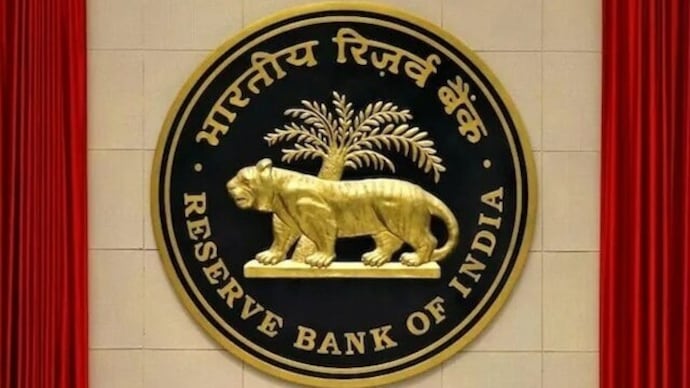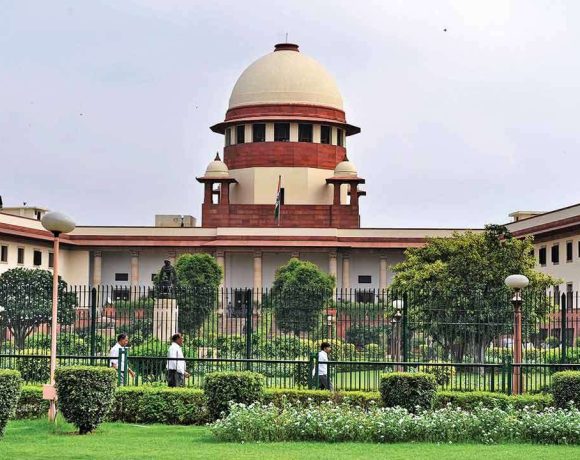
RBI Directs Banks to Implement Swift 50 bps Rate Cuts for Customers
The Reserve Bank of India has issued a clear directive to all scheduled commercial banks, instructing them to promptly pass on the recent 50 basis points (bps) reduction in the repo rate to customers. The move comes in the wake of the RBI’s decision to lower the policy rate from 6.50% to 6.00%, and is aimed at ensuring the benefits of monetary easing are immediately transmitted to borrowers across the country.
RBI Governor Shaktikanta Das emphasized that banks must not delay implementing the rate cut in both floating and fixed-rate loan categories. He warned that delayed transmission of monetary policy undermines the central bank’s efforts to stimulate economic activity, especially when low-cost credit is essential for sustaining post-pandemic recovery momentum.
Bank Lending
The RBI highlighted that banks have historically shown sluggishness in transmitting policy rate cuts to end-users. In many cases, only a partial reduction is passed on, with banks citing cost and margin constraints. The current instruction seeks to eliminate such practices by reinforcing the responsibility of banks to adjust their lending rates—including those linked to the marginal cost of funds-based lending rate (MCLR) and external benchmarks—without unnecessary delay or dilution.
Monetary Policy
This latest move is part of the RBI’s broader objective to reinforce monetary policy transmission, reduce borrowing costs, and encourage credit-led growth. Lower lending rates are expected to boost demand in sectors such as housing, retail, and small businesses. The central bank has made it clear that this rate cut is not merely symbolic but must translate into measurable financial relief for consumers and enterprises.
Transmission Impact
Effective rate transmission could significantly reduce EMIs for home loans, car loans, and personal loans, thus enhancing disposable income and consumer confidence. The RBI believes that faster transmission will not only benefit individual borrowers but also revive private investment by improving access to affordable capital. Any signs of non-compliance or strategic delays by banks could prompt regulatory scrutiny and further interventions.
By mandating timely transmission, the RBI is signaling that accommodative policy must be matched with accountability from the banking sector. The move is expected to catalyze lending activity, ease financial pressure on borrowers, and serve as a vital link in India’s ongoing economic recovery.


















